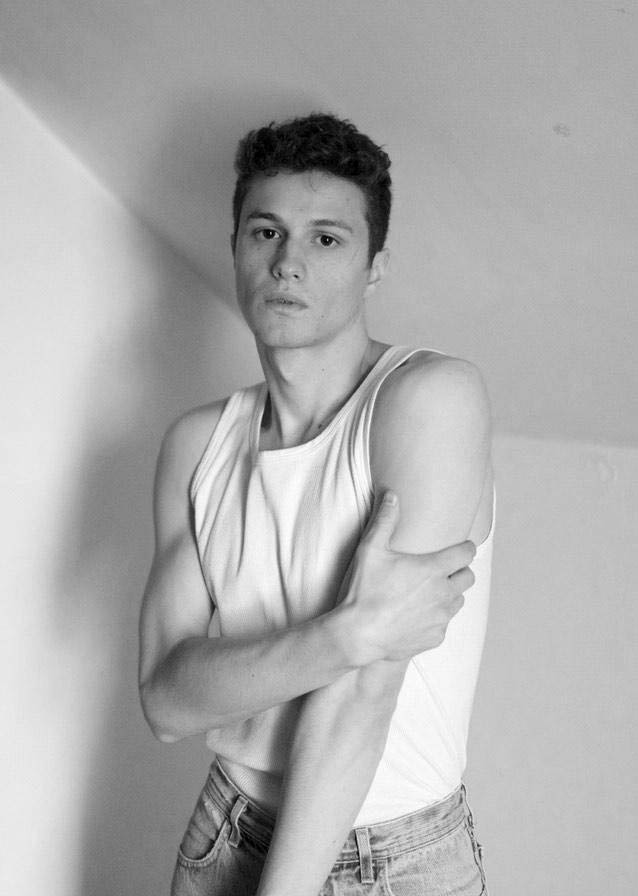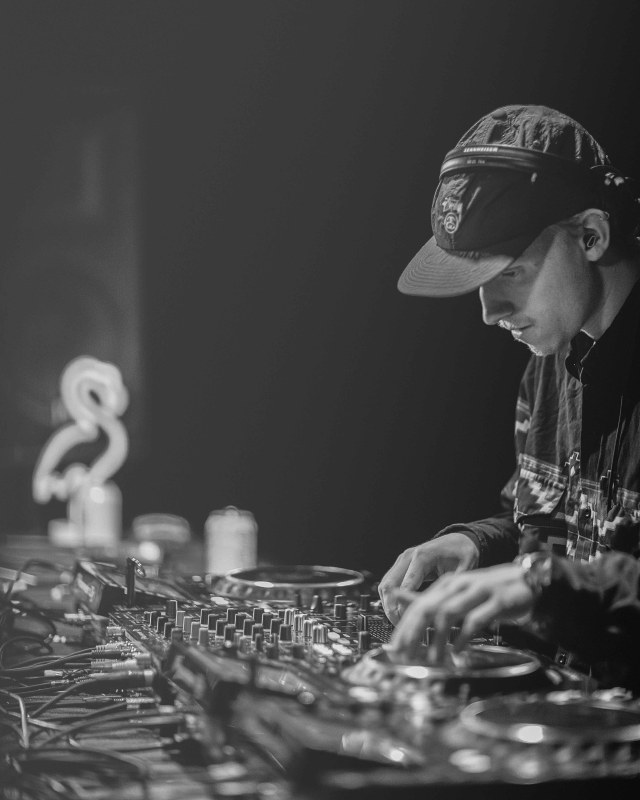
For the first post of 2021, I had a chat with Eric Tsang, musician and manager of The Phonix. We discussed the unorthodox way he came to pursue music as a career, his experience as a music teacher, and what this new year may look like for professional musicians.
Originally from Hong Kong, Eric came to Canada when he was twelve years old, and he didn’t have any intention of becoming a musician. Like many newcomers to any country, his family did not come with swaths of money and after several years, reached a point where they strongly considered moving back to Hong Kong. However, their financial troubles ironically meant that “we didn’t even have enough money in the bank account to buy plane tickets to go back,” effectively leaving them stuck in Vancouver. Eric realized that he had to figure out a way to support himself and his family moving forward. He had a mild grasp on English but didn’t feel confident going into any of the arts or sciences, so he turned to music as “less of a passion, but more of a necessity”. To accelerate his career, he pursued a jazz degree at Capilano University and then continued on to earn a Master’s of Education at the University of British Columbia, with the aim to give himself some job security as a music teacher.
Building a High School Music Program
With his degrees in hand, Eric earned a position to teach at John Oliver Secondary School, where he was tasked with building up a struggling music program. At the time, the student body of John Oliver was dotted with kids experiencing a wide range of challenges. Many faced socioeconomic hardship and complex living situations at home. Eric realized that music held different values here compared to other schools he had worked at in the past. In wealthier neighbourhoods, Eric observed that music was certainly a class that students looked forward to, but played a small role in their lives amongst other extra-curricular activities, sports teams, and family trips. In this school, “music was really important in that they use music to keep kids in school”. Music became a transformative means to add structure to the students’ lives, foster growth and work ethic, and make school a worthwhile or even enjoyable experience. Eric also saw his role evolve while working at John Oliver, as his responsibilities as a music teacher were often also met with duties more akin to a counsellor while working with their unique student body. Another challenge was that as a teacher, he had to know how to play as many instruments as there were parts in the band. He admitted that “I suck at playing the flute,” but hey, my list of instrument incompetency is far, far longer. Over eight years, Eric played a large role to increase membership from seventy students to over three hundred strong, and create a self-sustaining program that was able to thrive without him.
The Phonix
Near the end of his tenure at John Oliver, Eric was invited by his friend Reuben to fill in as a saxophone player in The Phonix, a funk, R&B and soul cover band. The band formed soon after they all graduated from Capilano and were looking for work as musicians. Operating on the platform that “we’ll play music that we all really like, and hopefully people would like it,” The Phonix built a loyal following playing regular gigs across Vancouver. Soon becoming a regular fixture in the band, Eric was eventually asked to transition into a management role in addition to his duties as a performer. He was excited to take on a new challenge but was soon thrust into client management, rate negotiation, building a website, and all the other duties of running a small business. Over the last ten years, Eric has helped take The Phonix in many new directions including opening a community-driven recording studio for fellow musicians, a photo booth business to give their shows some added interactivity, as well as launching an app to help artists improve performer-client relations. Expanding on this latest development, Eric says that each show would generally take Reuben and himself four hours in paperwork before they actually got to perform (assuming that clients still paid them on time, filed their paperwork, and held up their end of the agreement). This inspired them to build Back On Stage, a web application that helps automate scheduling, negotiation, booking and contracts. This dropped their workload from four hours to four minutes and encouraged them to provide this service for other musicians to help expedite their work as well.
Inseparable from Eric’s place in The Phonix is his sunglasses, a mainstay in every conversation I’ve ever had with him until this interview. Like Slash without his top hat or Steven Tyler’s mic stand free from scarves, it was frankly a strange experience to actually see his eyes. He explained that these remain a fixture when he performs to help fight the stage fright he feels, especially when performing solos. Expanding on what goes into a great solo, Eric shares that “[each] thirty-second solo came from years of doing really bad solos,” and that failure is something that he had to embrace to grow as a performer. Some of his favourite memories with The Phonix include playing at a house party full of fans, as well as shows at the Penticton Peach Festival. He describes the atmosphere of playing in a living room was noticeably different than at any club he has played at. All of the attendees were familiar with the band and each other, and as he walked through the crowd “everybody is your friend; everybody’s your buddy”. Playing in Penticton was also always a memorable experience since “not a lot of festivals like to hire cover bands,” making this a great opportunity to go on the road as a group and enjoy their time out of town. Mix in some time on the water and playing to a crowd in the thousands made for a tradition that sadly feels like a relic, given the effect the last year has had on the performing arts industry.
Saxo’grams
Coming into 2020, Eric says that The Phonix were primed to continue their upwards trajectory, with gigs booked through to the December holiday season. But upon live performances being shuttered so quickly, they had to refund all of the deposits that they had received and set a new course for the year. In these stressful times, Eric “quickly had to come up with a lot of new ideas, new ways of doing things,” which include streaming shows, moving his private saxophone lessons online, and Saxo’grams, a way to spread music in a safe way. The genesis of Saxo’grams came from a desire to bring shows to folks while they aren’t able to physically go to one themselves. Eric totes his saxophone around to houses to play a song or two for the desired recipient, bringing live music right to their doorstep. Lovely, right? An additional goal of this program is to help promote other local musicians and small businesses in this time of need, and a number are featured in the videos that have been released so far. This returns to Eric’s belief that at its core, The Phonix is a community initiative. Simply put, he says that “we want to help people, and this is our way of helping them”.
Eric has returned to teaching for the time being, but definitely check out his Saxo’grams to spread some live music to your friends and family. The Phonix was named the Best Band of 2020 by readers of The Georgia Straight, check them out on their website and on Instagram, and use Back On Stage to book them for your first post-COVID party. When I started this project, Eric and The Phonix were some of the first bucket-list artists that I wanted to speak with, and I can’t think of a better way to kick off the series in 2021.
-BF


